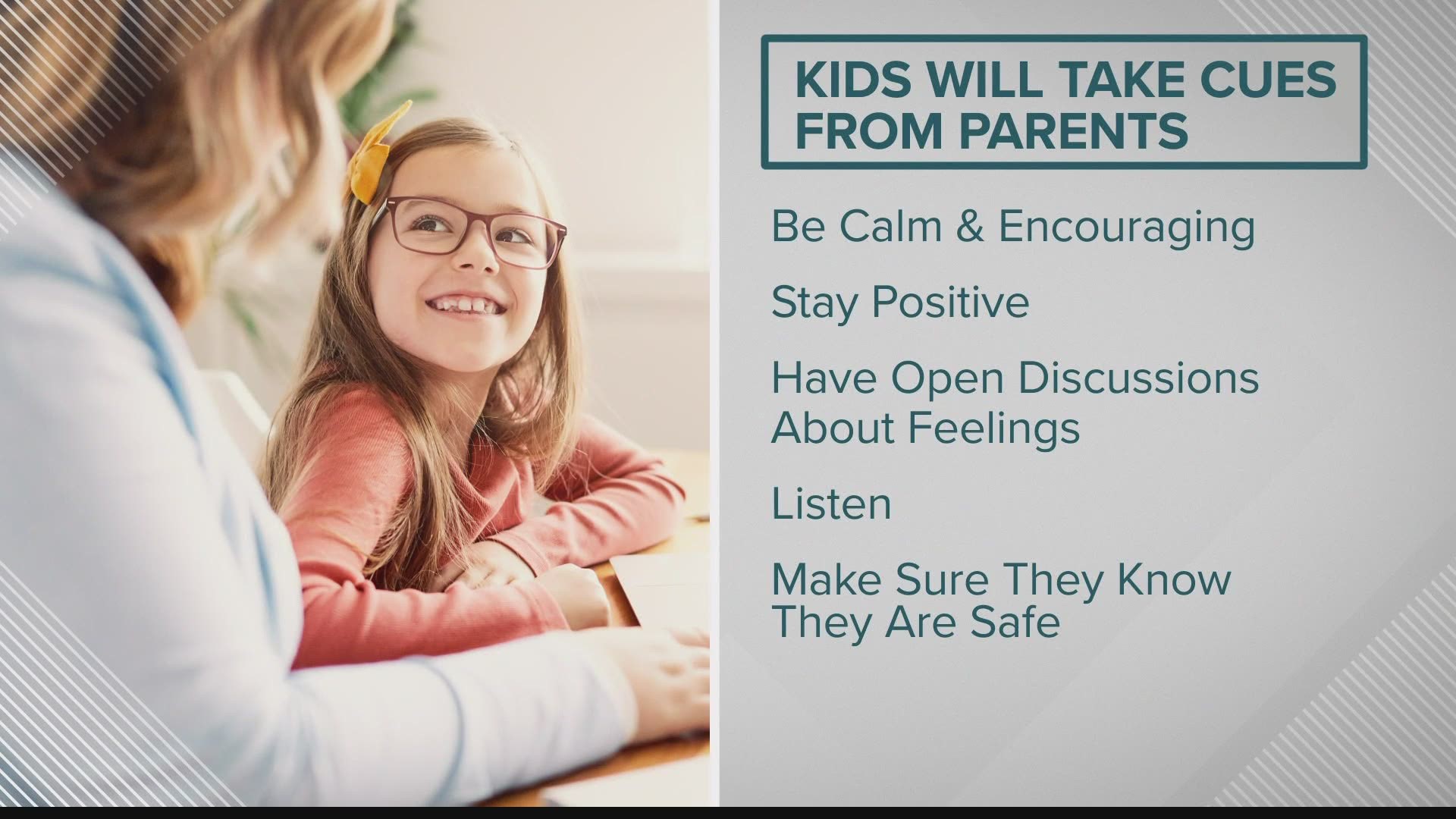INDIANAPOLIS — Many schools have decided to return to class this fall, while others are remaining in e-learning mode and keeping students at home due to the coronavirus pandemic. Still others are offering both in-class learning and remote classes at the same time, and leaving families to choose between the options.
Those parents with a choice have to weigh the risks and benefits.
Jennie Voelker is a behavioral specialist at Community Health Network who explained how socializing is part of child development. So if a student is schooling at home, parents need to consider how to supplement that learning with the social interaction their child may be missing.
"So if your child is a great candidate for e-learning, you really want to make sure that they continue that social learning," Voelker told 13News. "And you may have to take extra steps as a parent to create that environment for them."
Among Voelker's recommendations, work on opportunities to make the social distance outside the home with peers, or opportunities to do that in a zoom environment.
She said school provides "everything from, you know, making good decisions for yourself, setting goals, but also that interactive relational piece of building friendships, maintaining friendships."
Interacting with peers and adults are not the same, but it can still happen in an e-learning environment. "We're doing it right now," Voelker said.
She also said parents need to get a grip on their own feelings about isolating during the pandemic before having a conversation with their kids because the children will take cues from their parents. If parents stay positive about the choices they make, and how they're going to impact the children, the children are likely to feel the same way.
Voelker recommended "having that discussion with them, really listening, asking how they feel." By listening, a parent can validate their child's feelings. "Kids are going to have lots of concerns about whether they do e-learning or whether they go to school," she said. "They need to know what the adults are doing, taking the steps to make sure that they are safe, that they're getting the education, and they're moving forward in a positive way."
Voelker emphasized parents stay calm and encouraging with their students while having an open discussion.
Student anxiety does not impact any particular age group, according to Voelker. "I think every child is unique and different, but different ages developmentally respond to stress differently," she said. "We do know that stress changes the way your brain works. So, we need to make sure that we work to mitigate that. And the way we do that is to create that safe environment as much as we can. At home or in the schools."
Voelker said what happened when schools shut down in the spring can also inform a parent's decision. "Did your child do really well in that environment?"
If they were able to get their tasks done and stay focused and demonstrated the ability to thrive during e-learning, they should be comfortable doing it again this fall.
If they struggled, schools offer many services that have to happen in-person.
"You know, there's therapy, whether that's speech, physical therapy, occupational therapy, but also behavioral health therapy," Voelker said. "I feel like they miss out on so much of the social aspect if they're e-learning. So how do you overcome that and how do you make that decision? Again, it is not an easy decision."

